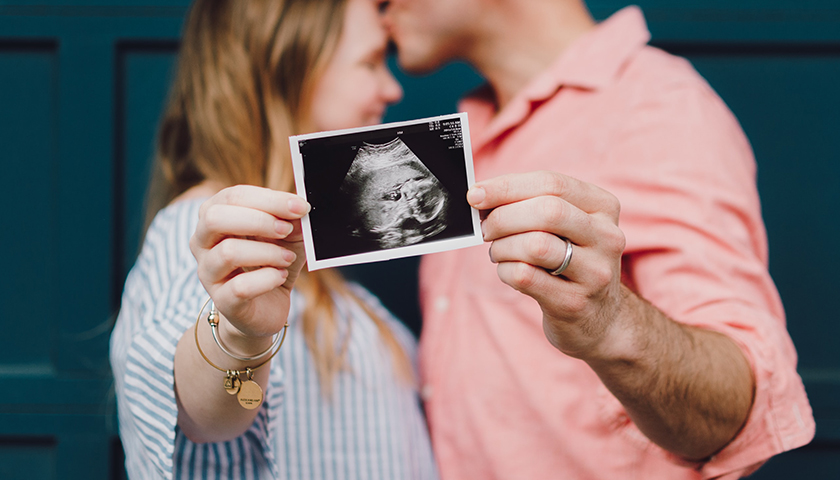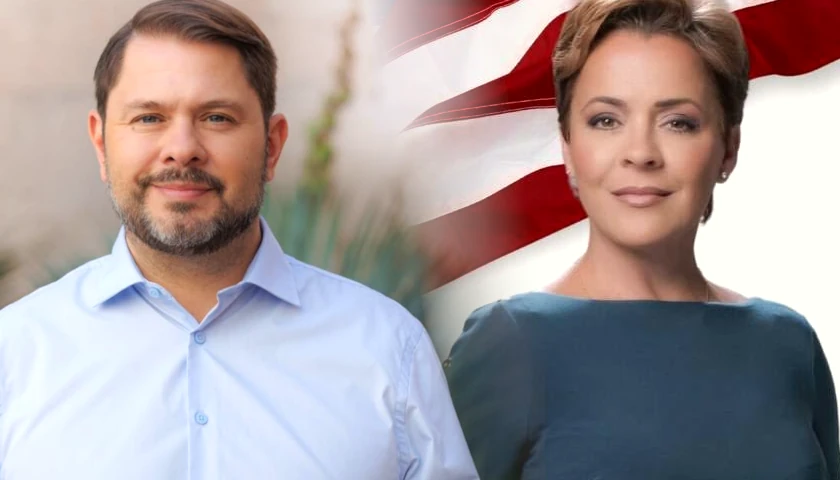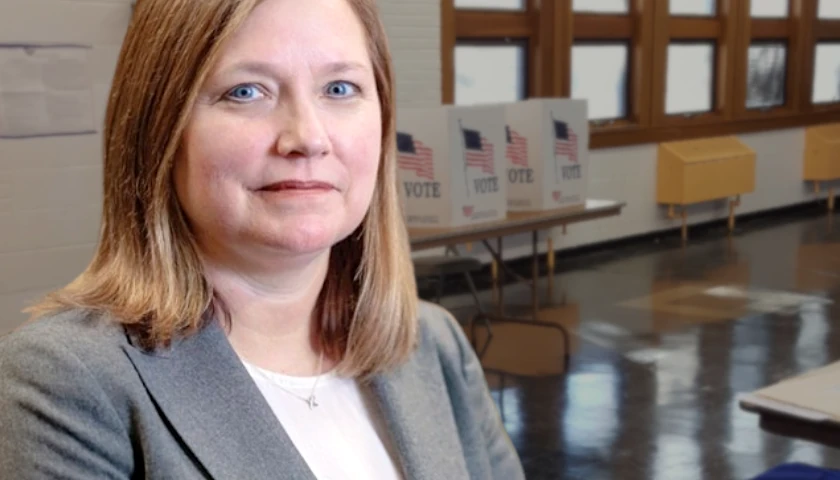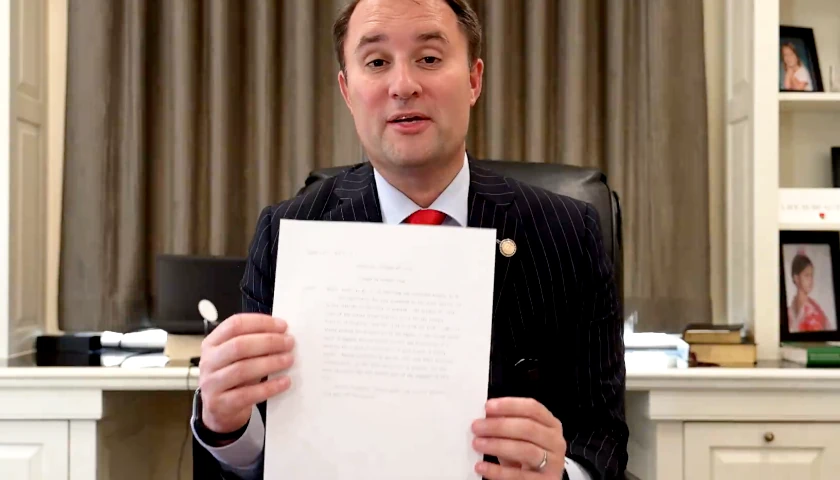by Ellie Gardey
Just before midnight on Wednesday, the Supreme Court issued an order denying injunctive relief to the Texas abortion providers who had sought to halt Texas’ new abortion law which prohibits abortions after an unborn baby’s heartbeat can be detected.
The majority opinion said the Court would not intervene because the plaintiffs had failed to demonstrate whether the defendants, including state judges, can or will seek to enforce the law against them. The five conservative justices in the majority, Clarence Thomas, Samuel Alito, Brett Kavanaugh, Neil Gorsuch, and Amy Coney Barrett, noted that federal courts have the power to enjoin people tasked with enforcing laws, and not laws themselves.
The Texas law gives citizens the power to sue abortion providers or anyone who “aids and abets” an abortion after six weeks gestation. This structure provided the legal technicality which allowed the near-ban on abortion to remain in effect.
As Michelle Goldberg at the New York Times put it: “There’s a sinister brilliance to the way this whole thing has gone down.” Kinder observers called the law “exceedingly clever.”
While this order may have been decided on a mere legal technicality — and decided correctly on the basis of that legal technicality — the fact that five conservative justices allowed the most restrictive abortion law since Roe to remain in effect bodes extremely well for the chances that the Supreme Court will overturn or significantly weaken Roe with its decision in Dobbs v. Jackson Women’s Health Organization, which is set to be argued before the Court this fall.
Any of these justices could have joined Chief Justice John Roberts, who gave no comment on the constitutionality of the law, but said that he would have granted preliminary relief to preserve the status quo in Texas so that the lower courts could have the chance to consider the legal questions surrounding the law’s makeup. Roberts said that the consequences of approving the Texas law “counsel at least preliminary judicial consideration before the program devised by the State takes effect.”
There are legal flaws with Roberts’ argument. Namely, the Court doesn’t technically have the power to intervene right now. Once there are lawsuits to be ruled on, however, that may be a different story. Further, Roberts doesn’t say how preliminary relief against the defendants would prevent the law from going into effect. But correct legal decision-making has not characterized abortion jurisprudence at the High Court over the past five decades. Subservience to the abortion agenda has instead. (Take Roe v. Wade and Planned Parenthood v. Casey’s convoluted rulings, as two major examples.)
The five conservative justices who aren’t sellouts stuck together, stayed away from Roberts, and issued the correct legal ruling which preserved Texas’ heartbeat law. They could have avoided controversy altogether and temporarily prevented the law from going into effect, as Roberts wished to do. But they stuck to their oath to uphold the Constitution and ruled correctly.
The liberal justices, on the other hand, said they would have stopped the law because they don’t like abortion, but failed to consider the true legal matters at hand.
Breyer said in his dissenting opinion: “The very bringing into effect of Texas’s law may well threaten the applicants with imminent and serious harm. One of the clinic applicants has stated on its website that ‘[d]ue to Texas’ SB 8 law,’ it is ‘unable to provide abortion procedures at this time.’”
Even before the conservative justices on the Supreme Court stood up for the rule of law over the abortion agenda, things were already looking good for an end to or weakening of Roe.
By itself, the fact that at least four justices granted cert on Dobbs is a good sign. If the ruling on Dobbs upholds the precedent of Roe, that might be the death knell for the modern legal pro-life movement. As law professor at the University of Notre Dame Gerard Bradley noted, the conservative justices knew this and would not have granted cert unless they thought they would be in the majority.
Bradley wrote, “In cases as potentially significant as Dobbs, it can take five justices to garner review. That is because four justices keen to overturn Roe v. Wade are unlikely to vote for cert unless they are confident that the case will be decided to their liking.”
Bradley thus believes that the Court will “almost certainly hold that some ‘pre-viability’ prohibitions of abortion are constitutionally permissible, including Mississippi’s 15-week line of separation.”
Dobbs concerns Mississippi’s 2018 Gestational Age Act, which bans abortions after 15 weeks, except for cases of medical emergency or severe fetal abnormality. It thus challenges the Supreme Court’s fetal viability standard.
It’s an ideal law for the Supreme Court to use to weaken Roe, as the public is generally against abortion later in pregnancy and only 29 percent of Americans think abortion should be legal after the first three months, according to a 2019 NPR/PBS NewsHour/Marist poll. In Spain and France, abortion is legal for the first 14 weeks of pregnancy unless there are extenuating circumstances, so this is the norm in many other Western countries.
Former President Donald Trump’s three conservative justices have now shown themselves to be amenable to weakening Roe. Justices Neil Gorsuch and Brett Kavanaugh ruled in June Medical Services L.L.C. (2020) to uphold Louisiana’s strict regulations on abortion, and now Amy Coney Barrett has allowed the Texas abortion law to remain in effect.
And we already know where Justices Thomas and Alito stand. In June Medical Services L.L.C. (2020), Thomas wrote in his dissent that Roe “created the right to abortion out of whole cloth, without a shred of support from the Constitution’s text,” and Alito has a long record of siding against Roe.
If only five justices rule, without Roberts, that Mississippi’s Gestational Age Act is constitutional, then Thomas, as the most senior one of these justices, will write the majority opinion. This would allow him to rule more definitively against Roe. Roberts may decide to rule with the majority in favor of the constitutionality of Mississippi’s Gestational Age Act so that he could temper the opinion in an effort to preserve the perceived respectability and legitimacy of the Supreme Court. But also, Alito, Gorsuch, Kavanaugh, and Barrett may simply sign on to Thomas’ opinion no matter what Roberts does.
The five consistently conservative justices’ ruling on the Texas case demonstrates that there is a good chance that those justices could again rule in Dobbs to uphold another state’s restrictive abortion law.
Mary Ziegler, a law professor at Florida State University and the author of a book on the legal history of abortion in the United States, told the Washington Post Thursday: “Many already thought that the writing was on the wall for Roe, and this confirms it for me.”
– – –
Ellie Gardey is reporter and assistant editor at The American Spectator. Follow her on Twitter @EllieGardey.








